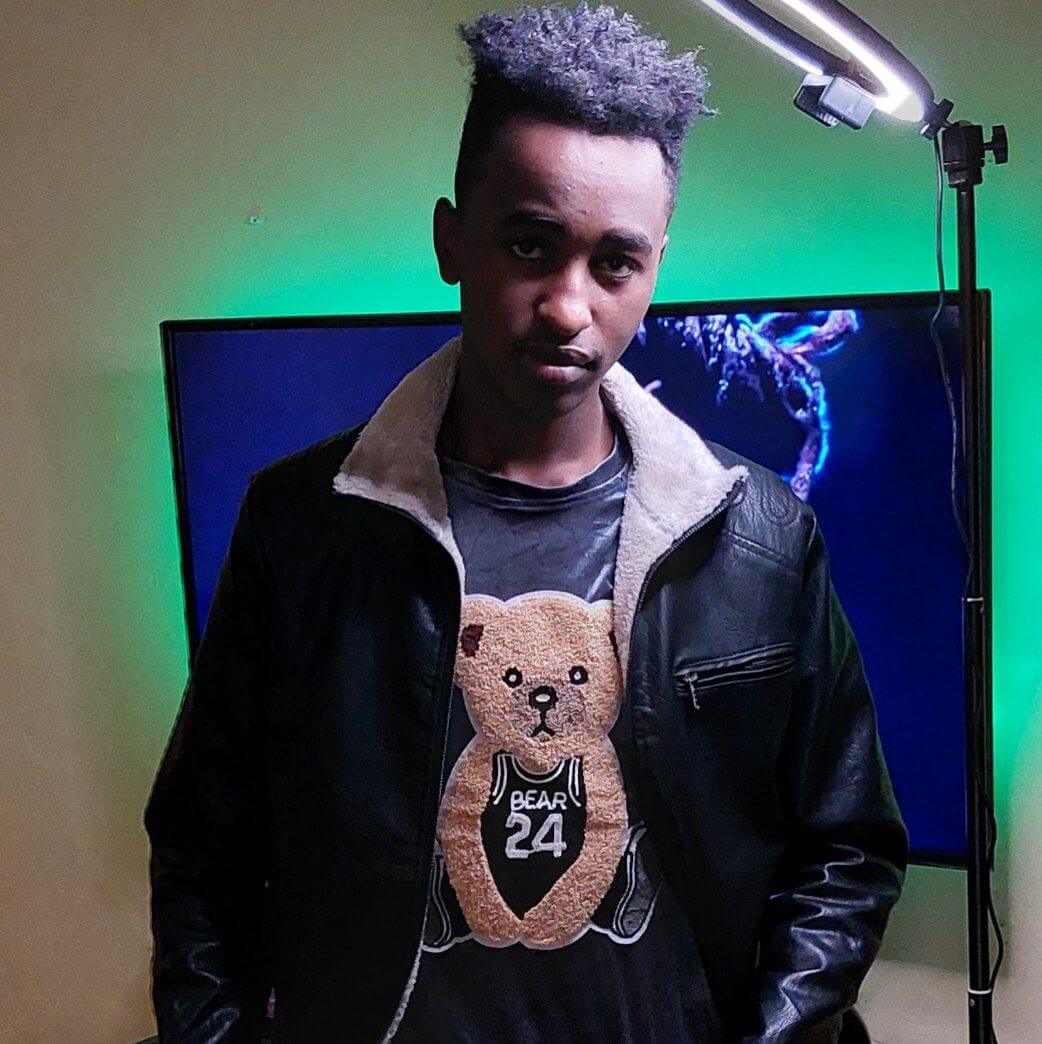The recent release of the XV.5V multimodal AI, Grok-1.5V, by Elon Musk’s AI company, called xAI, has illustrated a major leap in multimodal AI development. This move was taken just after the introduction of its forefather, Grok-1.5, and xAI has shown itself to be one of the toughest competitors in the AI space, through which has been challenging leaders such as OpenAI.
Grok-1.5V is the first-generation multimodal model that can not only comprehend visual information but also process it. This also covers very many sample items like files, pictures, photos, scanned documents, screenshots, diagrams, and charts. In this news a few weeks ago, Musk, the CEO of Tesla and founder of xAI, made the announcement. Mashable covered the news.
Grok-1.5V capabilities and successful applications
The competencies of Grok-1.5V incorporate not only simple image recognition but also other technological features. Illustrating the mathematics behind such extraordinary capabilities, according to xAI, the AI is able to reason with complex text, interpret scientific pictures, or the ability to interact with visual content, all in ways that appear to be human-like sophistication. This model is directed at improving AI capacities of smart spatiotemporal perception, which AI calls real-world spatial understanding.
This company has come up with some useful examples like taking apart the diagrams and turning them into Python code and translating children’s drawings into stories, finding which object in the group is the biggest, and helping drivers by checking the space available to maneuver around a certain obstacle. Such features underscore Grok-1 .5V’s ability to drive the transformation of a variety of industries, thereby automating processes that take an amalgamation of visual and contextual data as input.
Strategic advice and goals ahead
AI has been releasing its roadmap to multimodal understanding and generation as two fundamental keys to achieving untouchable Artificial General Intelligence. The firm’s statement implies that considerable progress in fields like imaging can be expected in the near future, with the technology advancing to include voice and live video modalities.
The implementation of Grok-1.5V, like the rest of xAI’s strategic plans, is aimed at keeping up with the rapid technological development in the AI field and at remaining competitive in terms of providers of these excellent technological products. The complementary properties of AI, with its synchronicity and concurrent capacity to integrate and comprehend multiple kinds of information, naturally make xAI a leader in building all-around and robust AI tools.
Availability and anticipated impact
Grok-1.5V will soon be accessible to some individuals and keen testers. It is looked at as one of the initial steps in which the machine will be tested in the field by target users and early testers so as to take in feedback and improve the model in subsequent versions. Through this engineering process, the raw model is reduced to its practical, industrial, competitive, and limited application areas. Moreover, as AI technology continues to progress, models such as Grok-1.5V may have significant implications in areas such as healthcare, where images and data interpretation are crucial.
This can be practically witnessed in the automotive industry, where perception and spatial ability can improve vehicle safety features. Grok-1.5V, being the first in a series of similar intelligent systems being launched by xAI, shows that Mr. Elon Musk is not just challenging the evolving AI limits but also setting a lead for the discussion about the future of technology. The natural ability of xAI in Grok-1.5V to manage the comprehension of capsule networks and explain the complex science of multimodal tasks leading to the front of the wave of AI innovations. As new AI-based systems keep being developed, systems like Grok-1.5V will inevitably become a linchpin in the rapidly widening of the space for new solutions to surfaces that were previously perceived as impossible for computers.
This article originally appeared in The News International.





